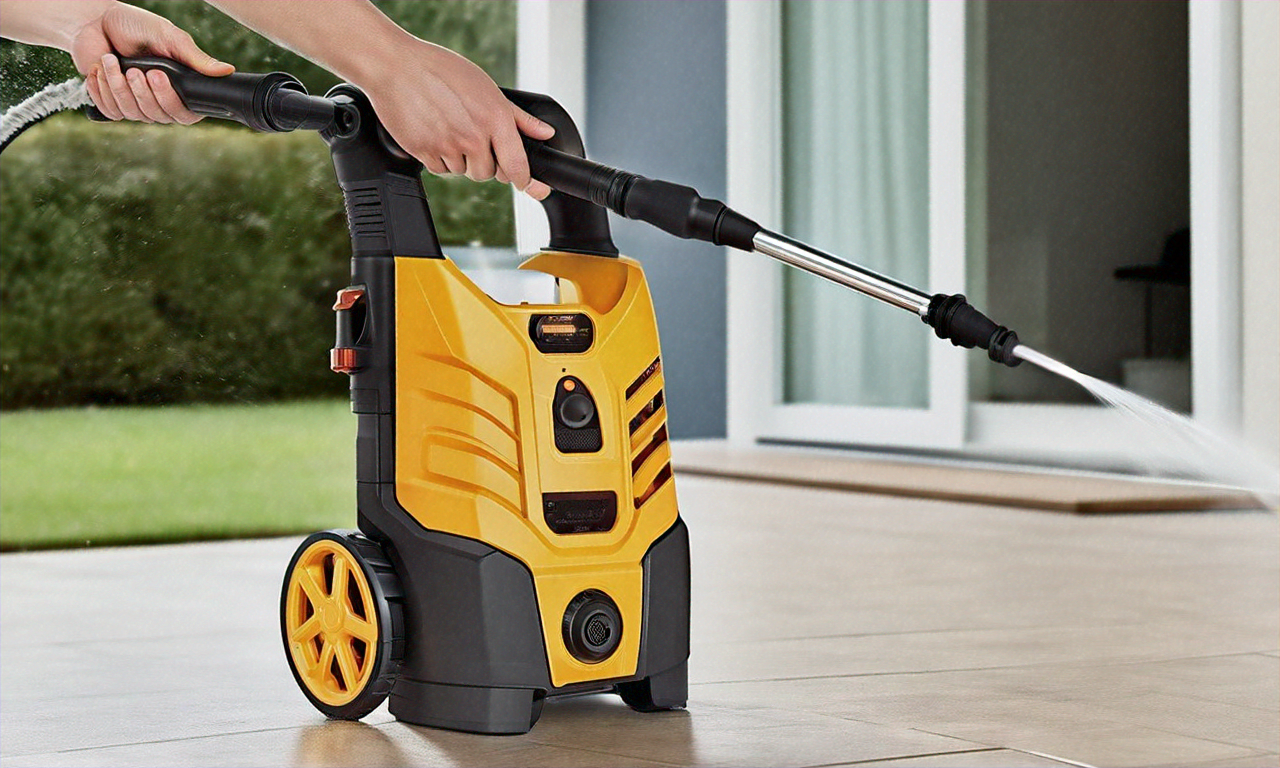Mosquito Repellent and Yard Strategies for Fewer Bites
Mosquitoes are common pests in many climates and can make outdoor time unpleasant. Effective mosquito repellent strategies combine personal protection, yard management, and water control to reduce insect presence and lower bite risk. This article outlines practical steps for homeowners and renters to limit mosquito activity around a yard and choose repellents suited to different situations. This article is for informational purposes only and should not be considered medical advice. Please consult a qualified healthcare professional for personalized guidance and treatment.

Mosquito behavior and what attracts them
Understanding basic mosquito behavior helps target repellent and prevention efforts. Mosquitoes are drawn to carbon dioxide, body heat, and certain body odors; some species also prefer floral or sweet scents. Nighttime and dawn/dusk activity patterns vary by species, so timing of outdoor exposure matters. Vegetation, shaded areas, and cluttered corners of a yard provide resting places. Reducing attractive conditions — such as removing dense brush or limiting scented lotions when outdoors — can make individuals less noticeable to these insects.
Yard maintenance to reduce mosquito habitats
Regular yard maintenance is a practical line of defense against mosquitoes. Mowing lawns, trimming dense shrubs, and removing piles of leaves or yard debris reduces shaded resting sites where mosquitoes shelter during hot hours. Keeping gutter systems clear prevents water pooling along rooflines. Planting less dense groundcover near patios and maintaining airflow through landscaping can make the environment less hospitable for mosquitoes without entirely altering garden aesthetics. Routine inspections of yards for hidden microhabitats are worthwhile, especially after storms.
Managing standing water and drainage
Standing water is the most important factor in mosquito breeding because many species lay eggs in still water. Inspect the yard and eliminate or treat containers that collect water: flowerpot saucers, buckets, tarps, pet bowls, birdbaths, and old tires. For features that must hold water, such as birdbaths or small ponds, consider regular cleaning, adding a fountain or bubbler to create movement, or using larvicides labeled for that purpose. Correcting drainage problems and filling depressions where water pools will reduce local mosquito populations over time.
Insect repellents: active ingredients and use
Insect repellents come in several formulations and active ingredients; understanding them helps match product choice to activity and age groups. DEET, picaridin, IR3535, and oil of lemon eucalyptus (for adults) are commonly recommended for their effectiveness when used according to product instructions. Repellent formulations vary: sprays, lotions, wipes, and clothing treatments each have situational advantages. Follow label directions for application frequency, concentration appropriate for adults or children, and any age restrictions. Avoid applying repellents to hands of young children and keep products out of eyes and mouth.
Choosing repellent methods for different situations
Selecting a repellent approach depends on activity, exposure time, and sensitivity. For short periods in lightly infested areas, a lower-concentration topical repellent may suffice. For prolonged outdoor activities or high mosquito density, higher-concentration formulations or combination strategies (repellent on skin plus treated clothing) are more effective. Clothing treated with permethrin (applied to fabric, not skin) provides durable protection for garments and gear; follow manufacturer instructions or have clothing treated by a registered service. For confined outdoor living spaces, structural measures — screens, netting, and spatial repellents — complement personal repellents and yard management.
Conclusion
Reducing mosquito encounters relies on layered measures: understand what attracts mosquitoes, maintain the yard to remove resting and breeding sites, manage standing water, and choose repellents and treated clothing suited to specific situations. Combining environmental changes with correct use of repellents reduces both insect presence and personal exposure to bites. This balanced approach helps create more comfortable and lower-risk outdoor spaces without relying on any single solution.






